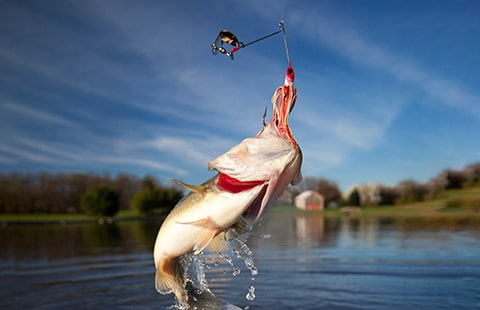Get unique, complex parts easily. No matter your requirements, Chaoyi Spring creates hard-to-produce coil springs and wire forms.
Let us help you create the custom wire form you need, from S-hooks and J-hooks to utility hooks and more.
We work closely with customers across a wide range of industries, helping them design and manufacture made-to-order parts.
Why choose Chaoyi Spring? We prioritize customer-focused collaboration, modern equipment and the latest technology to make your parts per print.
Find the information and guidance you need, from measuring a spring to learning about materials, placing an order and much more.
Compression springs are ubiquitous in our daily lives, quietly performing essential functions in countless devices and machines. From the simple act of pressing a button to the complex workings of


Compression springs are ubiquitous in our daily lives, quietly performing essential functions in countless devices and machines. From the simple act of pressing a button to the complex workings of a car's suspension, these coiled marvels of engineering play a crucial role in shaping our modern world. But what exactly are compression springs, and how do they work? This article delves into the fundamentals of compression spring design, exploring their characteristics, applications, and the principles that govern their behavior.

Compression springs, as their name suggests, are designed to resist compression forces. They are typically made of coiled wire, with the ends fashioned in a way that allows them to be compressed or pushed together. As a force is applied, the spring compresses, storing potential energy. When the force is removed, the spring's stored energy is released, pushing it back to its original shape. This fundamental principle of storing and releasing energy is at the heart of compression spring functionality.
The behavior of a compression spring is governed by several key characteristics, including:
Compression springs find widespread use in a vast array of applications across various industries, including:
The behavior of compression springs can be understood through the lens of basic physics. Hooke's Law, a fundamental principle of elasticity, provides a mathematical description of the relationship between the force applied to a spring and its resulting deformation. This law states that the force exerted by a spring is directly proportional to its displacement from its equilibrium position.
However, the realities of compression spring design go beyond a simple linear relationship. Factors like the spring's material properties, wire diameter, and coil configuration all contribute to its actual behavior. Engineers use sophisticated calculations and computer simulations to accurately predict and optimize spring performance.
Designing a compression spring for a specific application is a multifaceted process that requires careful consideration of several factors, including:
Q: What are compression springs made of?
Compression springs are typically made of spring steel, a high-carbon steel specifically designed for its elastic properties. However, other materials like stainless steel, phosphor bronze, and beryllium copper are used for specific applications requiring corrosion resistance, electrical conductivity, or other specialized properties.
Q: How can I calculate the spring rate of a compression spring?
The spring rate (k) of a compression spring can be calculated using the following formula:
k = (Gd^4)/(8D^3n)
Where:
Q: What are some common types of compression spring ends?
Common compression spring end types include:
Compression springs are often overlooked, but their importance in the world around us cannot be overstated. From the smallest of gadgets to the most complex machines, these humble coiled wonders of engineering play a vital role in our daily lives. Understanding the fundamentals of compression spring design and their various applications opens a window into the ingenuity and precision of modern engineering.
As we continue to innovate and push the boundaries of technology, the role of compression springs will undoubtedly evolve alongside. Their ability to store and release energy, adapt to changing loads, and withstand demanding conditions makes them invaluable components for countless applications. From the intricate workings of medical devices to the robust performance of industrial machinery, compression springs continue to play a pivotal role in shaping our world.
Browse some of the custom wire forms and springs that we manufacture. Don’t see what you need? We specialize in made-to-order products that meet your application requirements.
Visit Our GalleryNeed a custom wire form or coil spring? We make it work. Fill out the contact form and a representative will respond within 1 business day. If you have a PDF or CAD file, you can submit to request a quote.